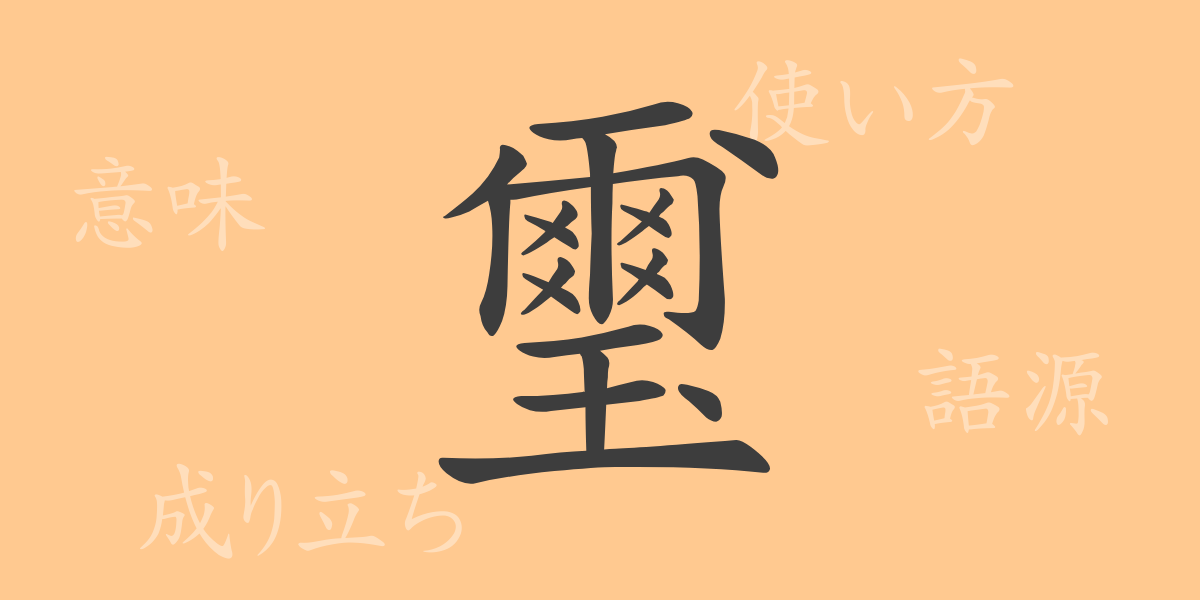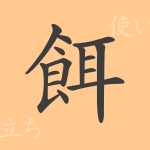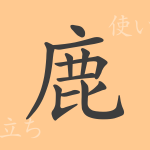Japanese culture is rich with symbolic elements. Among them, the kanji “璽(じ)” symbolizes the authority and history of the Imperial Family, holding particularly significant meaning. This article delves into the secrets of this iconic kanji, revealing its origins and modern usage to uncover the full scope of “璽(じ).”
Origins of 璽 (Etymology)
The kanji “璽(じ)” is an ancient Chinese character originally referring to the imperial seal of the emperor. Its design, often lavishly adorned with jade or precious stones, symbolizes the emperor’s authority and absolute power. In Japan, “璽(じ)” is used as the imperial seal of the emperor, affixed to important national documents to authenticate their official status.
Meanings and Usage of 璽
Initially, “璽(じ)” referred to the seal used by Chinese emperors. In Japan, it is known as the “御璽(ぎょじ)” or imperial seal of the emperor. The “御璽(ぎょじ)” is affixed to documents related to state affairs, signifying their official nature. Additionally, “璽(じ)” can be used metaphorically to represent supreme authority or dignity.
Readings, Stroke Count, and Radical of 璽
Despite its complex appearance, the readings and structure of “璽(じ)” are quite straightforward.
- Readings: The on’yomi (音読み(おんよみ)) is “じ,” with no kun’yomi (訓読み(くんよみ)).
- Stroke count: “璽(じ)” has a total of 19 strokes.
- Radical: The radical is “玉(たま・ぎょくへん),” associated with jade or precious stones.
Idioms, Phrases, and Proverbs Using 璽
Due to its specialized nature, “璽(じ)” is rarely found in everyday idioms or proverbs. However, it appears in important terms related to the imperial family and state affairs, such as “御璽(ぎょじ)” and “璽書(じしょ),” referring to documents authenticated by the emperor.
Conclusion on 璽
The kanji “璽(じ)” holds a special place in Japanese culture due to its historical significance and authority. While its use is limited, its value as a symbol of Japanese identity is immense. Understanding the meaning embedded in this single kanji offers a deeper appreciation of Japanese culture and its imperial traditions.

























